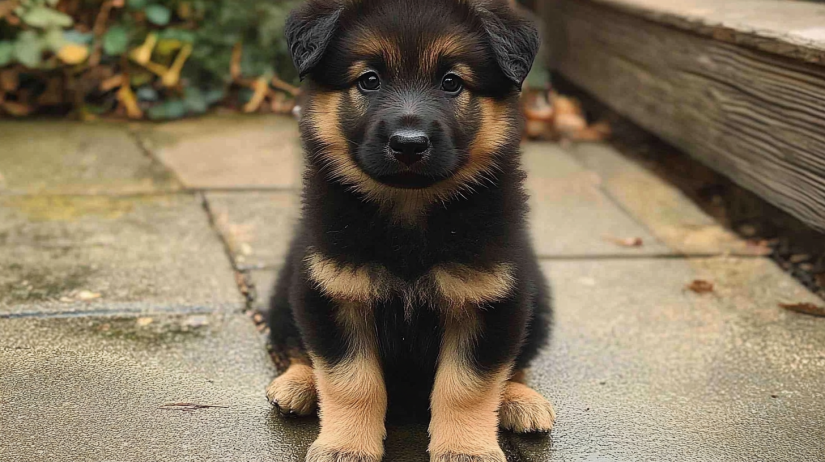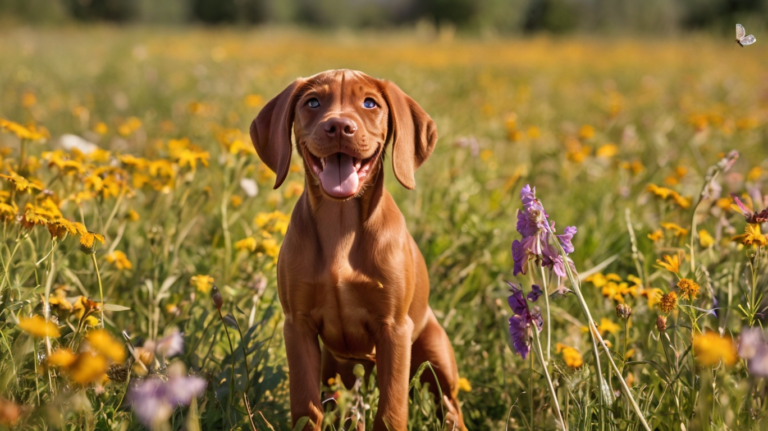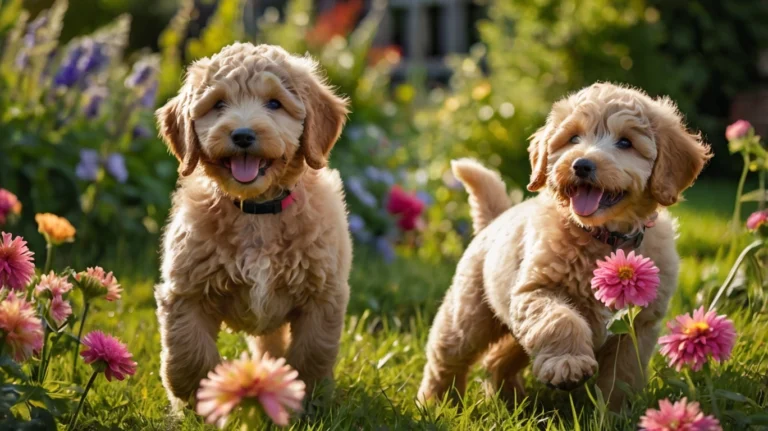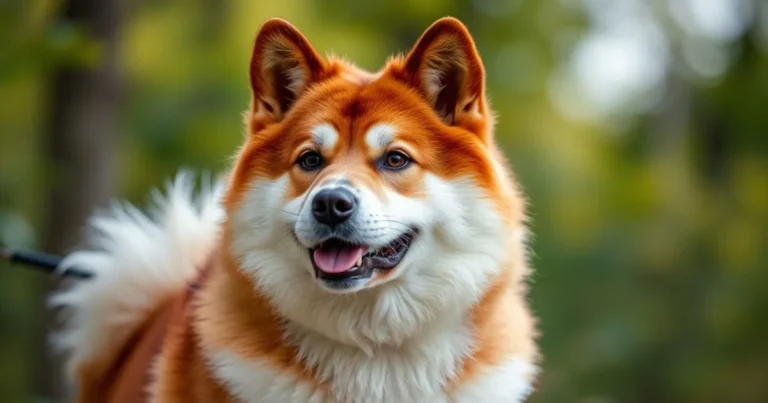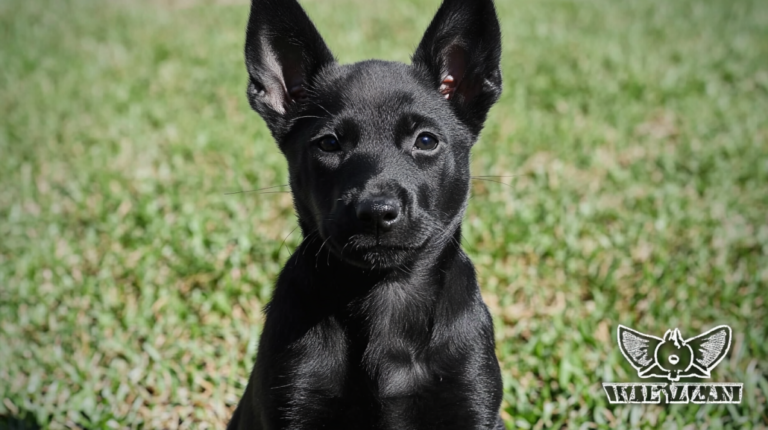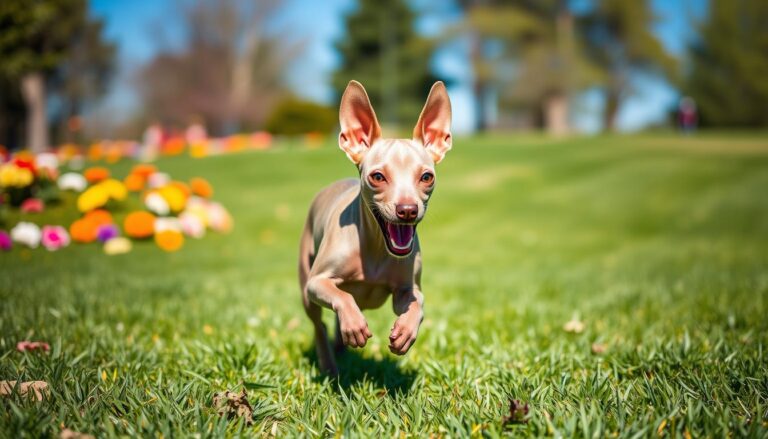King Shepherd Puppies: 9 Positive & Magnificent Secrets
Introduction
Picture walking through your front door to the enthusiastic greeting of a massive, fluffy pup, tail wagging, eyes shining with pure adoration. That’s the daily reward awaiting you when you share your life with king shepherd puppies—an emerging designer breed prized for its blend of German Shepherd heritage, formidable presence, and warm, family-friendly nature. You might be familiar with the classic German Shepherd dog, known for its intelligence and protective drive. Yet, if you crave an even larger breed that maintains many Shepherd hallmarks—steadfast devotion, intelligence, gentleness with children—king shepherd puppies might captivate your heart.
Still, adopting king shepherd puppies demands thoughtful preparation. Their imposing size and active dispositions mean they require ample space, regular exercise, mental enrichment, and a consistent leadership approach. In this all-encompassing guide, we’ll dive into the origins of king shepherd puppies, dissect their temperament, detail training tips, discuss common health issues, and more. By the end, you’ll have the insights needed to decide whether these majestic pups match your home’s energy and your lifestyle needs.
The History Behind King Shepherd Puppies
A Hybrid with German Shepherd Roots
While German Shepherds rank among the world’s most famous dog breeds—celebrated for their roles in law enforcement, service dog tasks, and family protection—king shepherd puppies add a unique twist to this legacy. American breeders in the late 20th century sought to develop a German Shepherd–type breed that was larger yet retained strong working instincts and reliable temperament. By introducing other working dog bloodlines (such as Alaskan Malamute or Great Pyrenees in certain lines), breeders aimed to refine size, coat type, and health while preserving Shepherd intelligence and loyalty.
Breed Goals and Standards
king shepherd puppies are not officially recognized by major kennel clubs like the American Kennel Club (AKC) but do have representation under the American King Shepherd Club (AKSC) and other breed clubs. Their mission often revolves around producing dogs that embody:
- Stature: Larger frames than standard German Shepherds.
- Balanced Temperament: A stable disposition that’s protective without undue aggression.
- Versatility: Capacity to excel in herding, therapy, service, search-and-rescue, or family companionship.
- Health Focus: Efforts to reduce some genetic issues frequently associated with German Shepherd lines.
While the breed is still evolving, these foundational goals guide many King Shepherd enthusiasts to prioritize robust health and calm temperaments.
Growing Popularity
In recent years, king shepherd puppies have garnered more attention, appealing to owners who love the German Shepherd’s protective instincts yet prefer an even larger dog with potentially lower reactivity and a gentler, family-focused bearing. However, because it’s still a “rare” or “designer” breed, King Shepherds can be challenging to find and may come with a higher price tag. Thoroughly evaluating the breeder’s practices and the puppy’s lineage remains vital for an optimal outcome.
Physical Characteristics of King Shepherd Puppies
Size and Weight
True to their name, king shepherd puppies grow into imposing canines. Males often stand 27–32 inches at the shoulder, weighing between 100–150 pounds when fully mature. Females are slightly smaller, typically 25–30 inches tall and 80–120 pounds in weight. These measurements can vary depending on the specific lines—some might develop even larger frames, while others remain closer to the standard German Shepherd size. Regardless, plan for a big dog that needs adequate space and proper handling.
Coat and Appearance
Coats range from medium to long, featuring either straight or slightly wavy hair. Common coat colors include:
- Black and Tan: A hallmark of German Shepherd–type dogs.
- Sable: A blend of shades across individual hairs, creating a wolf-like pattern.
- Bi-Color/Tricolor: Black back and face mask with other shades on legs and underside.
Occasionally, you may spot white or cream highlights or darker overlays reminiscent of Malamute influences. With a robust double coat, king shepherd puppies do shed, and seasonal coat “blows” can produce significant fur around the home.
Distinguishing Features
Although King Shepherds share the upright ears, keen expression, and wedge-shaped head reminiscent of German Shepherds, a few details set them apart:
- Broader Build: Usually heavier bone structure and a slightly deeper chest.
- Longer Muzzle: Some lines strive for a more proportionate muzzle than the extreme angle of certain German Shepherd lines.
- Less “Sloping” Back: Attempting to reduce the overly sloped topline sometimes seen in show-line Shepherds, aiming for improved hip health.
Table: Growth Timeline for King Shepherd Puppies (Approximate)
| Age | Weight Range (Males) | Weight Range (Females) | Developmental Milestones |
|---|---|---|---|
| 8 Weeks | 15–25 lbs | 10–20 lbs | New home transition, basic socialization, introduction to crate |
| 3–4 Months | 30–50 lbs | 25–40 lbs | Rapid growth, teething, short training sessions |
| 6–7 Months | 60–90 lbs | 45–70 lbs | Adolescent phase, refining manners, increased stamina |
| 1 Year | 80–120 lbs | 60–100 lbs | Near-adult size, ongoing mental development, advanced training |
| 18–24 Months | 100–150 lbs (fully grown) | 80–120 lbs (fully grown) | Full physical maturity, stabilized temperament |
Temperament and Personality
Loyal Protectors
king shepherd puppies are celebrated for their natural protective instincts and unwavering loyalty toward family. Though they might be cautious around strangers, early and consistent socialization ensures they develop confidence rather than fear-based reactivity. Expect them to keep a watchful eye on your property, alerting you to unfamiliar visitors.
Intelligent and Eager to Work
Coming from lines of German Shepherds and other working breeds, these dogs relish having a job or purpose. king shepherd puppies typically take well to structured commands, agility tasks, or advanced obedience, responding quickly to reward-based training. However, that intelligence can backfire if left unstimulated—leading to chewing or other mischief if they lack mental or physical outlets.
Gentle Giants with the Right Nurturing
Though big in stature, King Shepherds can show incredible patience and gentleness with children if socialized early. Their protective nature also extends to smaller pets, but you should still supervise interactions. A well-trained King Shepherd offers a calm, affectionate presence at home, readily shifting gears from devoted playmate to vigilant guardian when circumstances call for it.
Assertive but Trainable
king shepherd puppies thrive under consistent, calm leadership. Inconsistency or overly permissive handling can cause them to become pushy, potentially leading to nuisance behaviors like jumping or ignoring commands. Because of their size, harnessing that puppy exuberance early on is crucial. Clear boundaries and positive reinforcement help them develop into self-assured, obedient companions.
Adopting or Purchasing King Shepherd Puppies
Locating Ethical Breeders
Because King Shepherds are a relatively new, specialized breed, unscrupulous breeders may exploit the “rare” label to charge higher prices without ensuring proper health or temperament. Seek out breeders who:
- Perform Genetic Testing: For hip dysplasia, elbow dysplasia, degenerative myelopathy, and other known issues.
- Socialize Early: Pups exposed to household noises, children, and different surfaces from a young age.
- Offer Transparent Lineage: Family tree, health clearances, and a willingness to share references.
Rescue or Adoption
While not as common in shelters, you may stumble upon King Shepherd–type dogs or older pups in breed-specific rescues or larger dog organizations. Adopting can be a fulfilling option, especially if you’re flexible on exact lineage. Some adult King Shepherds might be surrendered due to an owner’s lifestyle mismatch—an opportunity for you to provide a stable, loving home.
Questions to Ask
- Parent Dogs’ Health Records: “Do you test for hip and elbow dysplasia?”
- Temperament of Parents: “Are they confident, social, and good with children or other pets?”
- Environment: “How do you raise and socialize your puppies? Are they indoors with the family?”
Caring for King Shepherd Puppies Day-to-Day
Nutrition and Feeding
King Shepherds grow quickly, so feeding king shepherd puppies a balanced, high-quality diet is essential:
- Puppy Formulas: Ensure the food is specifically formulated for large-breed puppies, controlling calcium and phosphorus to encourage healthy joint development.
- Meal Frequency: Typically 3 meals a day until about six months old, then transitioning to 2 as they near adulthood.
- Avoid Overfeeding: Keep them at a healthy, lean weight to reduce stress on joints and organs.
Talk to your veterinarian about portion sizes and adjustments needed based on growth spurts, activity levels, or health conditions. If you plan on rigorous working or sporting tasks, your puppy’s nutritional requirements might differ from a more sedentary pet.
Exercise Requirements
king shepherd puppies do best with structured daily exercise:
- Short Walks: For young pups, multiple shorter outings (10–15 minutes each) let them explore the neighborhood without overexertion.
- Play Sessions: Activities like fetch, mild tug-of-war, or gentle chase games burn energy.
- Progressive Increase: As they grow, you can introduce longer walks, low-impact hikes, or early agility fundamentals.
By adulthood, King Shepherds typically need at least an hour or two of exercise each day—combining moderate walks, vigorous play, and mental stimulation. Tailor your routine so that your puppy’s developing bones and joints aren’t pushed too hard too soon.
Grooming and Shedding
Their coat can be medium to long, requiring consistent upkeep:
- Brushing: At least 2–3 times weekly to reduce shedding and keep fur tangle-free.
- Bathing: Occasional baths (every 6–8 weeks or so) suffice. Over-bathing strips natural oils, so use gentle dog shampoo.
- Nail Trims: Every 2–4 weeks, especially if nails click on the floor or hamper their gait.
- Ear Care: Clean ears gently if you detect wax or debris. Floppy ears can be prone to infections in some lines.
Because King Shepherds do shed, especially during seasonal coat changes, investing in a quality vacuum or grooming tool helps keep your home tidy.
Training Approach
king shepherd puppies respond best to consistent, reward-based training. From the earliest weeks:
- Positive Reinforcement: Offer treats, praise, or toy rewards for correct behaviors.
- Short Sessions: Pup attention spans are limited; 5- to 10-minute sessions multiple times a day yield success.
- Socialization: Introduce them to various people, places, and pets so they learn confidence and calmness.
- Obedience Foundations: Sit, stay, come, and proper leash manners are critical—especially given their eventual size.
Potential Health Concerns
Although King Shepherds aim to reduce certain breed-specific problems, they may still inherit issues from German Shepherd or large working dog lines:
- Hip and Elbow Dysplasia: Abnormal joint development leading to discomfort or arthritis.
- Bloat / Gastric Torsion: Large, deep-chested dogs can face this life-threatening stomach twist. Smaller meals and avoiding strenuous exercise post-meal can help.
- Degenerative Myelopathy: A progressive spinal cord disease found in some Shepherd lines.
- Eye and Ear Conditions: Infections or genetic eye problems may arise—regular vet checkups help catch them early.
Consult with your vet for recommended screenings and keep up with routine vaccinations, parasite prevention, and wellness visits. If any unusual symptoms appear (limping, excessive thirst, changes in weight or appetite), contact a veterinary professional promptly.
Life with King Shepherd Puppies: Environment & Lifestyle
Apartment vs. House Living
While smaller-living arrangements aren’t out of the question, the size and energy needs of king shepherd puppies generally align better with larger homes, suburban yards, or rural areas. If you live in an apartment, you’ll need to commit to multiple daily walks and robust mental stimulation. A bored, under-exercised King Shepherd can quickly become destructive or vocal.
Family Integration
king shepherd puppies typically bond strongly with their primary caretaker but are also known to be affectionate toward children, making them suitable for families if supervised interactions are consistent and positive. Because of their protective instincts, they can be slightly reserved or watchful around unfamiliar guests—but with early, ongoing socialization, they learn to greet visitors politely.
Interaction with Other Pets
When introduced gradually and with positive reinforcement, many King Shepherds coexist harmoniously with other dogs or household pets. Because of their large size and potential prey drive, it’s best to supervise early interactions with smaller animals. Pairing them with a second dog might provide additional mental and social enrichment—just ensure everyone’s personality and energy align.
Outdoor Adventures
From hiking mountainous trails to splashing in lakes, king shepherd puppies often display a love for exploration. Their robust build and stamina mean they can handle more rugged conditions than some smaller or short-nosed breeds. If you’re an outdoors enthusiast who wants a dog to accompany you on adventures, a King Shepherd might be the perfect match—just remember to build up endurance gradually and bring plenty of water and rest breaks.
Real-Life Tales: King Shepherd Puppies in Action
Case Study 1: Luna, the Therapy Pup
Luna was adopted at 10 weeks by a family who noticed her innate gentleness around children and seniors. While she quickly reached a formidable size, she retained a calm, steady temperament. Through puppy socialization classes, advanced obedience training, and plenty of positive experiences with community members, Luna eventually passed her therapy dog evaluations. Now, she visits local retirement homes weekly, offering her big, fluffy presence for affectionate cuddles and comforting hearts.
Case Study 2: Bear, the Agility Star
Bear’s owners recognized his high drive and intelligence from a young age. They channeled his energy into agility courses, starting with baby obstacles around six months old. Bear, a quick learner, soon mastered jumps, tunnels, and weave poles, delighting spectators with his massive size moving gracefully. By the time Bear was two, he competed in local agility trials—proving that king shepherd puppies can excel in physically demanding dog sports if trained responsibly and thoroughly.
FAQs
How do you describe a King Shepherd puppy?
They’re a big, German Shepherd–type dog mixed with other working breeds. king shepherd puppies bring robust stature, strong protective instincts, and loyalty. They thrive in active homes that prioritize training and engagement.
Do main kennel clubs accept King Shepherds?
They aren’t an AKC-recognized breed. king shepherd puppies have a breed club for oversight, focusing on traits and stable bloodlines. Despite limited official recognition, they’re valued for their working skills and family devotion.
What is a King Shepherd’s adult size?
They can reach 27–32 inches at the shoulder, commonly weighing 100–150 pounds. king shepherd puppies gradually attain this formidable build with proper nutrition and exercise. Females are a bit lighter but remain notably large canines.
Will a King Shepherd fit well with a family that has kids?
Absolutely, they’re often loving guardians of children. king shepherd puppies need structured introductions and training to set boundaries. When raised correctly, they can become reliable, affectionate family dogs.
Do King Shepherds require lots of daily activities?
Yes, they’re energetic working dogs that crave purposeful exercise. king shepherd puppies appreciate walks, training games, and space to roam. Adequate stimulation keeps them balanced and prevents unwanted behaviors.
Is it challenging to teach King Shepherds commands?
They’re quick learners, yet require confident, kind instruction. king shepherd puppies respond well to clear rules and positive rewards. Fostering good habits early ensures a cooperative, well-mannered adult.
Conclusion
king shepherd puppies fuse the classic German Shepherd’s protective, intelligent vibe with a larger frame and an often gentler, more laid-back temperament. By investing in thorough socialization, well-structured training, and plenty of consistent exercise, you’ll find yourself raising not just an imposing guardian but an affectionate family companion eager to share your joys and adventures. While they come with responsibilities—like handling their size and ensuring they get sufficient mental stimulation—the payoff is immeasurable: a dedicated, watchful friend who’ll stand beside you through every life stage. Ready to share your stories or questions about king shepherd puppies? Hop into the comments and join our community of big dog lovers seeking to learn, exchange tips, and celebrate these regal canines.
For additional resources on responsible dog adoption and welfare, visit the
American Society for the Prevention of Cruelty to Animals (ASPCA). They offer guidance on pet care, spay/neuter services, and advice for integrating newly adopted dogs into your home—especially relevant if you’re giving a second chance to king shepherd puppies in need of a loving family.

